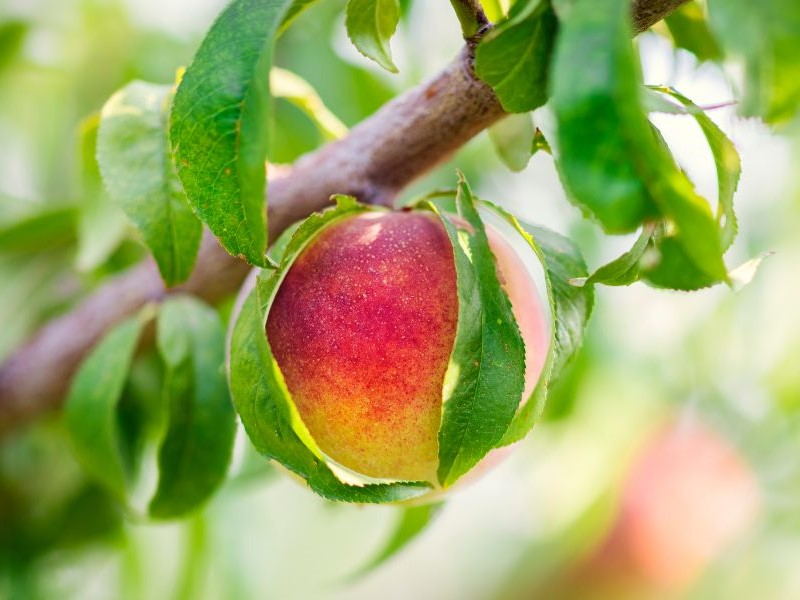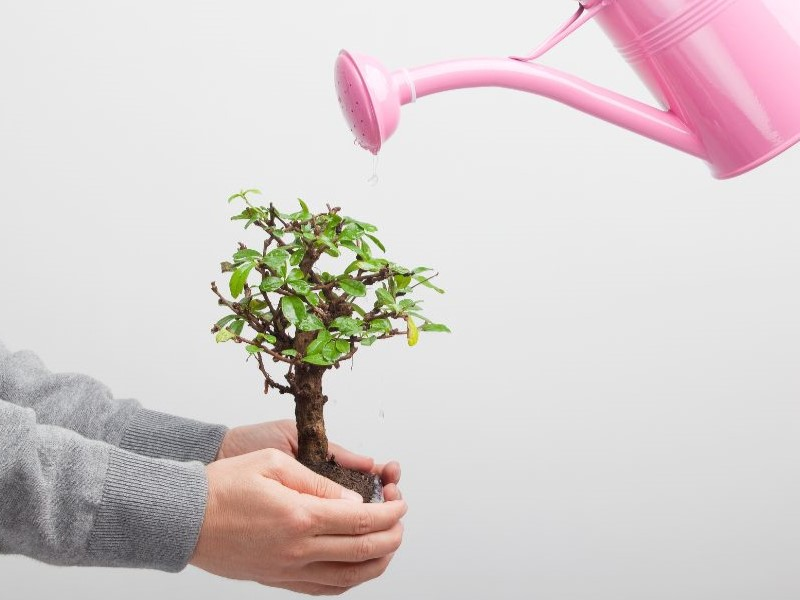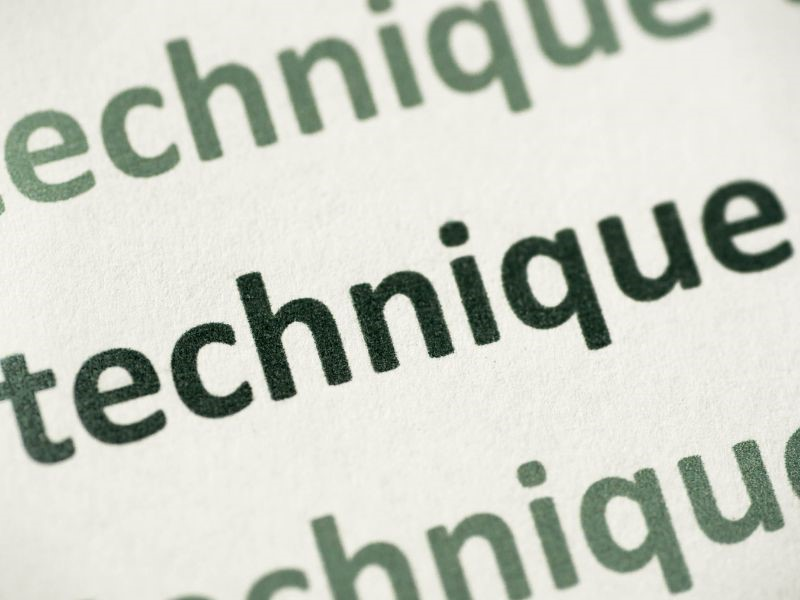The cultivation of bonsai peach trees, a practice steeped in both artistry and horticulture, presents a unique opportunity for gardeners and enthusiasts alike to explore the beauty of nature on a miniature scale.
This complete guide aims to simplify the process, offering insights into the specific needs and care techniques required for these delicate trees. From selecting the ideal specimen to mastering the art of pruning and watering, each step is crucial for the health and aesthetic appeal of your bonsai peach tree. Want to learn more? Read until the end.
Understanding the Peach Bonsai Tree

The peach bonsai, a compact version of its full-sized counterpart, stands out in the bonsai world and can bear actual fruit. Characterized by its delicate blossoms in spring and miniature peaches in summer, this bonsai variant mirrors the typical peach tree’s appearance and flavor of its fruit yet remains small enough for container living.
Its size, typically just a few feet tall, does not diminish the quality of its peaches, which retain the sweetness and texture of standard orchard varieties.
Distinct from other bonsai trees, the peach bonsai requires specific care to thrive and bear fruit, including:
- Adequate sunlight
- Precise watering
- proper pruning
Unlike common bonsai types like junipers or maples, the peach bonsai is prone to certain pests and diseases, such as leaf curls and aphids, making its care challenging.
Choosing the Right Peach Bonsai Tree
Selecting a healthy peach bonsai is crucial for both novice and experienced gardeners. Start by examining the tree’s overall health; look for vibrant, green leaves and a sturdy trunk.
Avoid trees with signs of distress, such as wilting leaves, spots, or a weak stem. The roots should be firm and spread evenly, not overly cramped in the pot. It’s also essential to check for pests or diseases, as these can be harder to control in bonsai trees due to their size.
When shopping for a peach bonsai tree, visiting reputable nurseries or specialists in bonsai cultivation is advisable. These sources are more likely to provide healthy, well-cared-for trees and can offer valuable advice on care and maintenance. Online purchases can be an option, but buying from trusted websites with clear, detailed descriptions and images of the trees is essential.
TAKE NOTE: The importance of genetic diversity in peach bonsai trees is critical. Various types provide different attributes, including flower color, fruit size, and growth patterns. This diversity enhances aesthetic appeal and bolsters the tree’s health, making it more resistant to pests, diseases, and environmental challenges.
Essential Tools for Bonsai Peach Tree Care
Caring for peach bonsai trees requires specific tools, each serving a unique purpose in the cultivation process.
Pruning Shears
Sharp and precise pruning shears are indispensable for shaping the bonsai and removing unwanted branches. Clean cuts made by quality shears facilitate quicker healing and reduce disease risk.
Bonsai Wire
Used for training branches into desired shapes, bonsai wire helps achieve the tree’s aesthetic form. The wire, typically made of aluminum or copper, is wrapped around branches gently and must be monitored regularly to prevent cutting into the growing wood.
Wire Cutters
These are essential for safely removing wires without damaging the branches. Specialized bonsai wire cutters are designed to snip the wire close to the trunk or branch, minimizing injury to the tree.
Pots
The choice of pot is crucial not just for aesthetics but also for the health of the bonsai. Proper drainage holes are a must to prevent waterlogging. The size and shape of the pot should accommodate the tree’s root system while complementing its overall design.
Soil Scoop and Sieve
These tools are used for handling and refining the soil. A scoop adds dirt to the pot, while a sieve helps remove fine particles, ensuring good drainage and aeration.
Watering Can with a Fine Nozzle
This tool allows gentle watering without disturbing the soil or damaging the delicate branches and leaves. Uniform water distribution is key to maintaining the tree’s health.
Fertilizer and Fertilizer Applicator
Since bonsai trees are grown in limited soil, regular fertilization is crucial for nourishment. A specialized fertilizer applicator ensures even distribution and proper dosage.
Planting Your Peach Bonsai Trees

Planting a peach bonsai involves careful steps to ensure its health and growth. The process starts with selecting the right soil and pot, followed by proper potting techniques.
- Step 1: Soil Selection – A well-draining soil mix is crucial for peach bonsai trees. A recommended mixture is one part Akadama, one part pumice, and one part fine pine bark. This combination ensures good drainage and aeration, which is important for the roots to avoid rot.
- Step 2: Choosing the Right Pot – Select a pot that complements your tree’s size and shape. Ensure the pot has adequate drainage holes. For a young peach bonsai tree, a slightly larger pot is advisable to accommodate growth.
- Step 3: Preparing the Pot – Cover the drainage holes with mesh to prevent soil loss. Add a layer of coarse soil at the bottom for improved drainage.
- Step 4: Planting the Tree – Remove your bonsai peach tree from its current container. Gently clean the roots, trimming any long or unhealthy ones. Position the tree in the pot, slightly off-center, for aesthetic balance.
- Step 5: Adding Soil – Carefully add your soil mixture around the roots. Use a chopstick to ensure the even distribution of soil and eliminate air pockets.
- Step 6: Watering – Once planted, water the tree thoroughly until water runs out of the drainage holes. This initial watering helps the soil settle around the roots. (Please read the next section)
- Step 7: Post-Planting Care – Place the bonsai in a location where it receives ample sunlight but is protected from harsh midday sun. Regular watering, as the topsoil dries, is key to the tree’s health.
Watering and Feeding Your Peach Bonsai
To ensure the health and growth of your peach bonsai, follow these guidelines:
Watering:
- Water your bonsai when the soil starts to get slightly dry. Avoid watering if the soil is still wet to prevent over-watering, but also ensure the tree doesn’t completely dry out.
- The watering frequency varies depending on the species, size of the tree, and local climate conditions.
Feeding and Fertilizing:
- Use a balanced fertilizer with equal parts nitrogen, phosphorus, and potassium during the growing season. A fertilizer with higher nitrogen content can promote foliage growth.
- Start fertilizing in early spring and continue through fall, reducing the frequency during the tree’s dormancy in winter.
- Apply fertilizer according to the product instructions and avoid over-fertilization to prevent root damage.
The Flowering and Fruiting Process
The flowering and fruiting process of bonsai peach trees is captivating and complex, necessitating careful nurturing. These miniature trees undergo a cycle akin to their larger relatives but demand specific care tailored to their small stature.
Flowering Cycle
The cycle begins in early spring when buds swell and bloom into flowers. This phase relies on the tree receiving sufficient chill hours in winter to break dormancy. Following the blooming period, the tree will set fruit if pollination is successful.
To encourage healthy flowering and fruiting, consider the following tips:
- Sunlight: Ample sunlight is vital for the development of flowers and fruit.
- Pruning: Post-flowering, prune the tree to shape it and remove any dead or overcrowded branches, which helps direct the tree’s energy towards fruit production.
- Fertilization: Use a balanced fertilizer as new growth appears in spring. After flowering, switch to a fertilizer with lower nitrogen to promote fruit growth.
- Watering: Keep soil moisture consistent. Both over-watering and under-watering can negatively impact flower and fruit development.
- Temperature Management: Protect the bonsai from extreme cold, as frost can damage the buds and flowers.
Advanced Techniques for Enthusiasts

For those deeply engrossed in bonsai fruit trees, advancing to more complex techniques offers a thrilling challenge and an opportunity to enhance their skills further.
1. Grafting
This technique is particularly intriguing for bonsai fruit tree enthusiasts. Grafting involves joining parts from two different trees so they grow as one.
For instance, grafting a branch from a desired fruit tree bonsai onto another rootstock can combine the best traits of both. This method is often used to cultivate a specific peach tree variety or to introduce a new characteristic to an existing bonsai plant.
2. Creating Multi-Trunk Styles
This advanced style involves training bonsai plants, including fruit tree bonsai, to grow multiple trunks from a single root system. It’s a complex process that requires patience and precision but can result in stunningly naturalistic forms.
Olive trees, peach trees, and other fruit-bearing species are popular choices for creating multi-trunk bonsai, as they naturally lend themselves to this style.
3. Experimentation and Continuous Learning
Encouraging enthusiasts to experiment with different tree species, including tiny trees that produce fruit, can lead to unique and personalized bonsai creations.
Experimenting with various pruning techniques, potting styles, or even trying different soil compositions can significantly enhance one’s understanding and skill level.
Final Thoughts on Bonsai Peach Tree
Reflecting on the intricate process of nurturing bonsai peach trees, especially that includes fruit trees, we gain a deep appreciation for this unique form of cultivation. The journey involves:
- Critical steps like selecting the right tree.
- Understanding its specific care requirements.
- Mastering pruning and shaping techniques.
These practices are essential for the tree’s health and aesthetic beauty, important in bonsai varieties that bear fruit. The guide has also illuminated the importance of continuous learning in bonsai cultivation.
Experimentation with various methods and adapting to the tree’s growth patterns are key to mastering this art form. Caring for bonsai peach trees is more than just a gardening task; it is an artful journey where each step contributes to the unfolding story of these miniature, fruit-bearing wonders. Thanks for reading!





0 Comments